
Culture & Sports
11:27, 28-Jan-2017
How red packets are prepared in Hong Kong
Updated
10:38, 28-Jun-2018
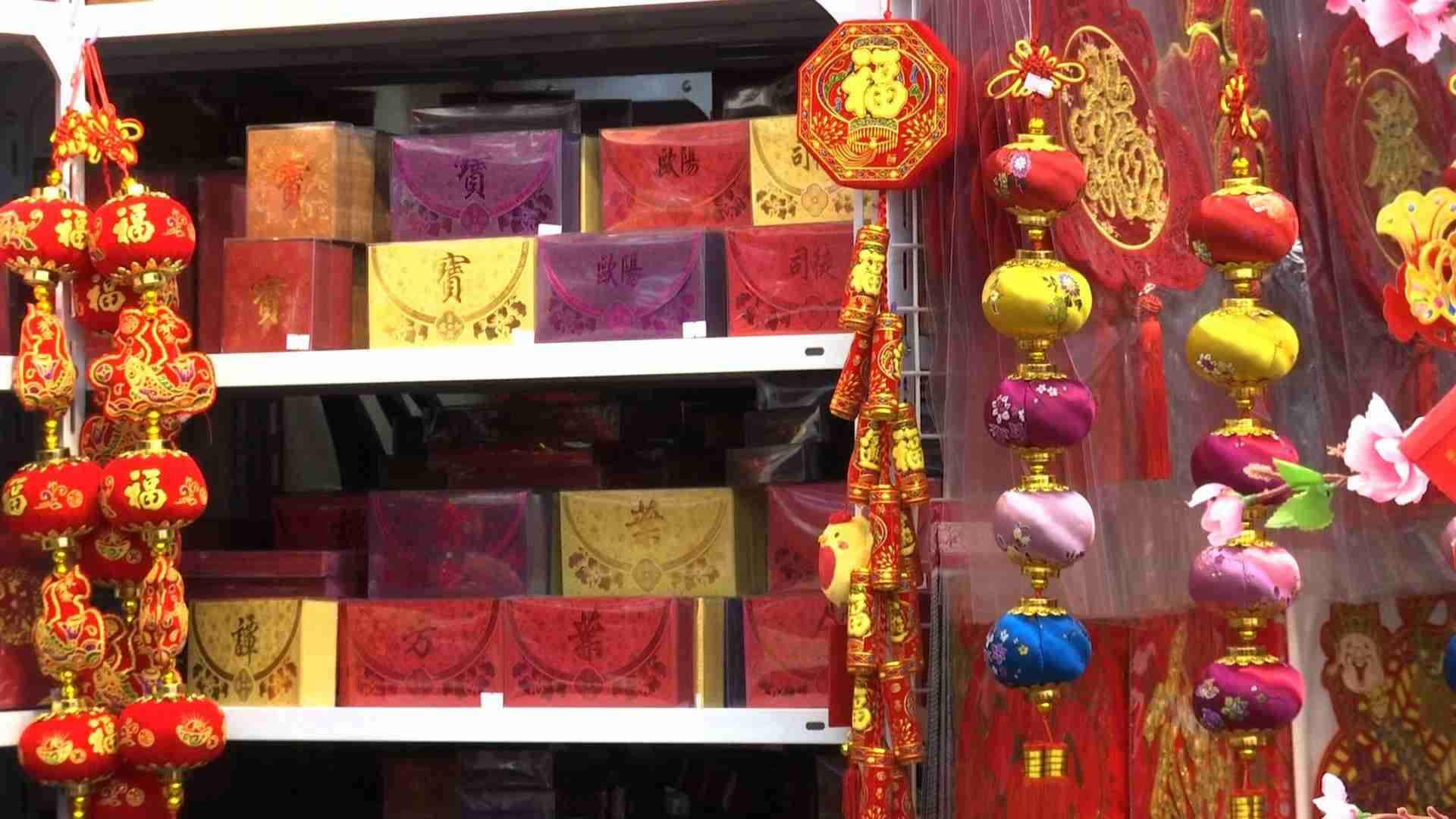
By CGTN's Mao Dan
While Chinese New Year falls on January 28 this year, the celebrations typically last for a good while longer, from well before New Year's Eve to the Lantern Festival on the 15th day of the new lunar year. One of the best-known traditions during this period is the giving out of red packets containing lucky money.
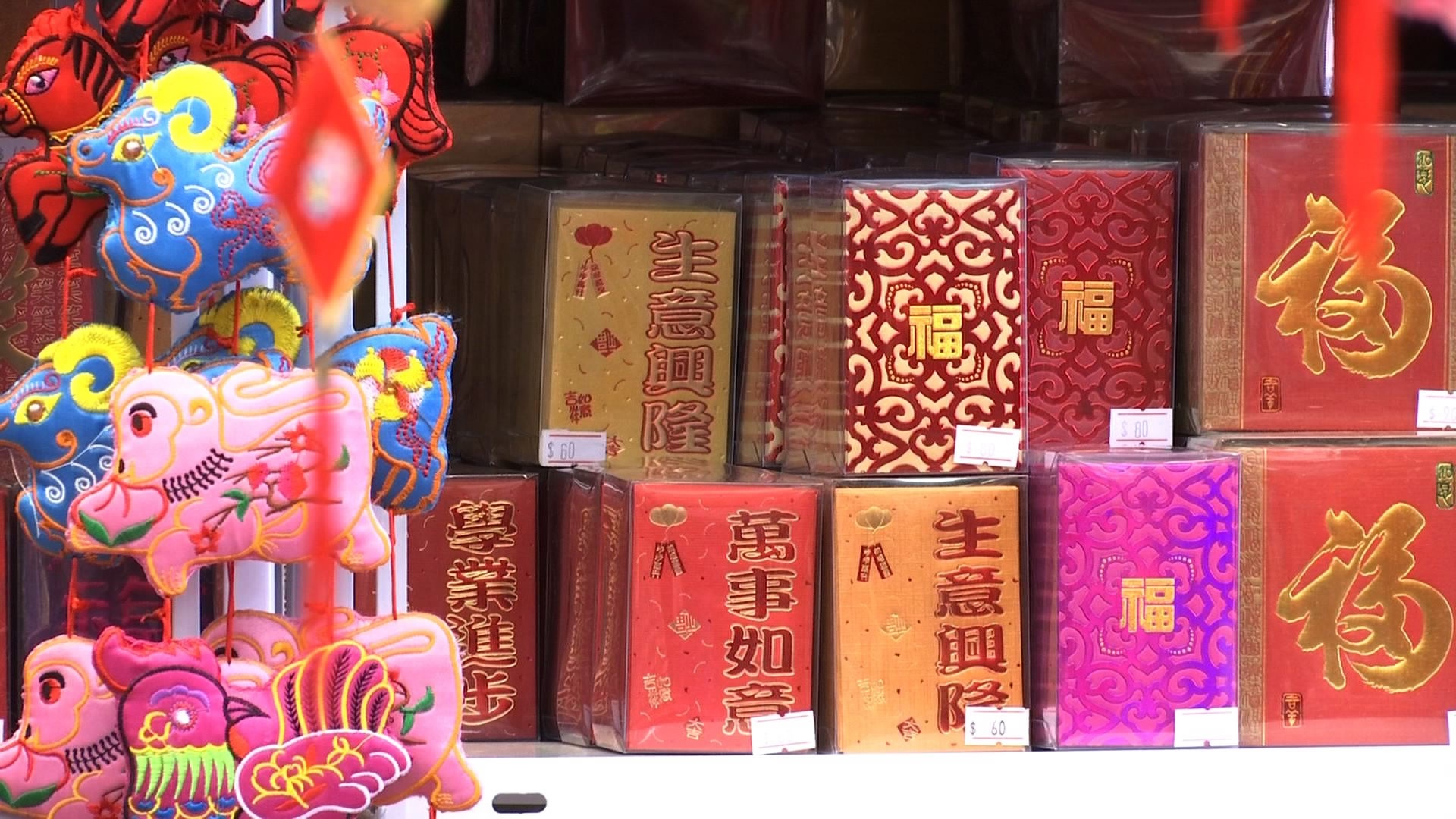
Chinese people regard red as a symbol of happiness and good luck. /Photo by Mao Dan
Chinese people regard red as a symbol of happiness and good luck. /Photo by Mao Dan
In Hong Kong, red packets are called Lai See. They are delicately designed, for different families and occasions, and are given widely as a way of sharing blessings.
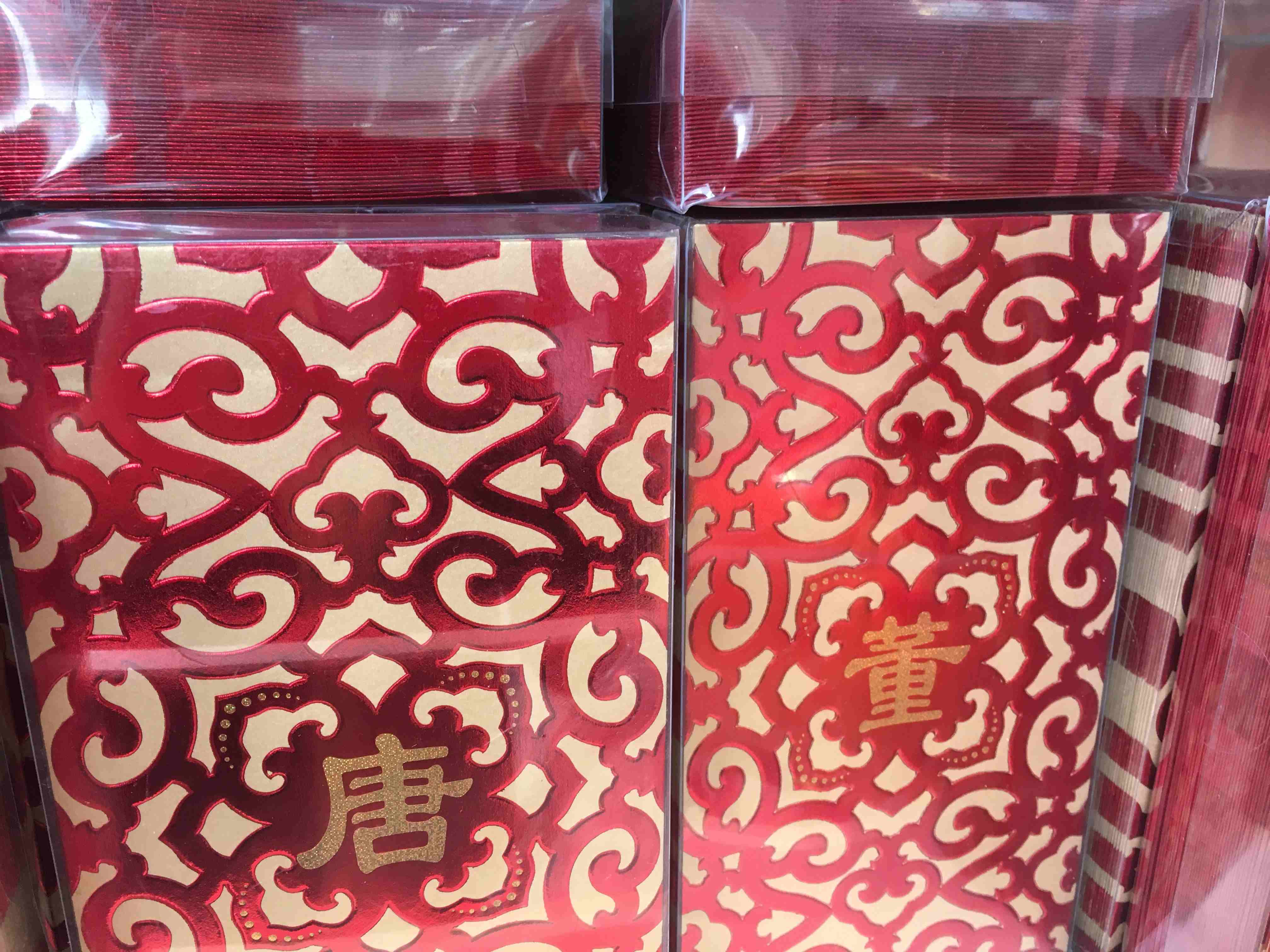
Typical Hong Kong-style red envelopes feature family names on the covers. /Photo by Mao Dan
Typical Hong Kong-style red envelopes feature family names on the covers. /Photo by Mao Dan
Before the Chinese New Year, many shops and stalls begin selling Lai See envelopes of various types and prices.
In Hong Kong, red packets are given not only during the two weeks of the Spring Festival season, but also on weddings and birthdays.
Employees usually receive Lai See from their bosses at their company’s year-end party, and on the first working day after the lunar new year.
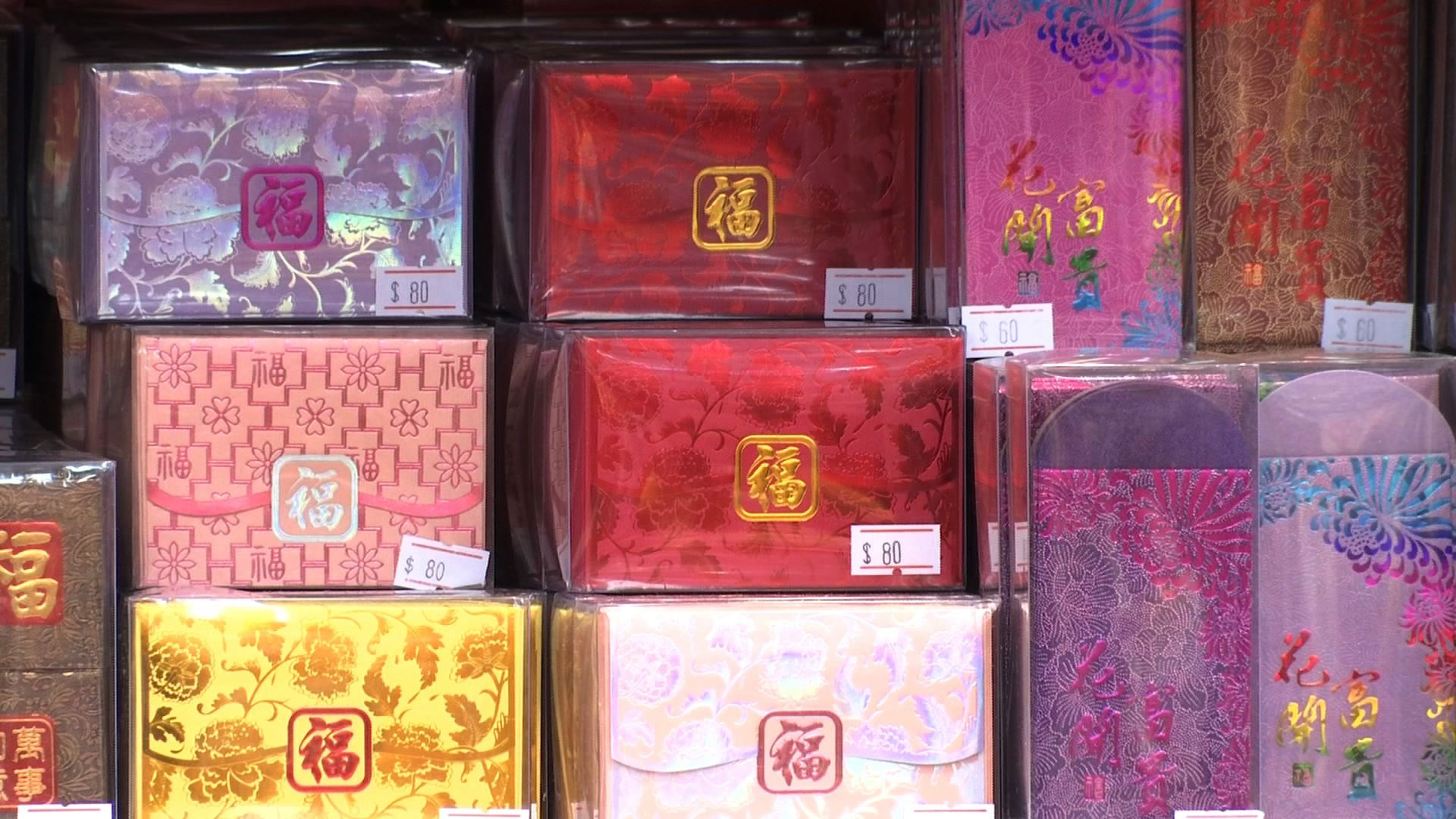
Hong Kong people use the red packet as a monetary gift for many different occasions. /Photo by Mao Dan
Hong Kong people use the red packet as a monetary gift for many different occasions. /Photo by Mao Dan
It doesn’t matter how much lucky money you put in each red packet, but it’s highly recommended to use crisp, brand-new bills.
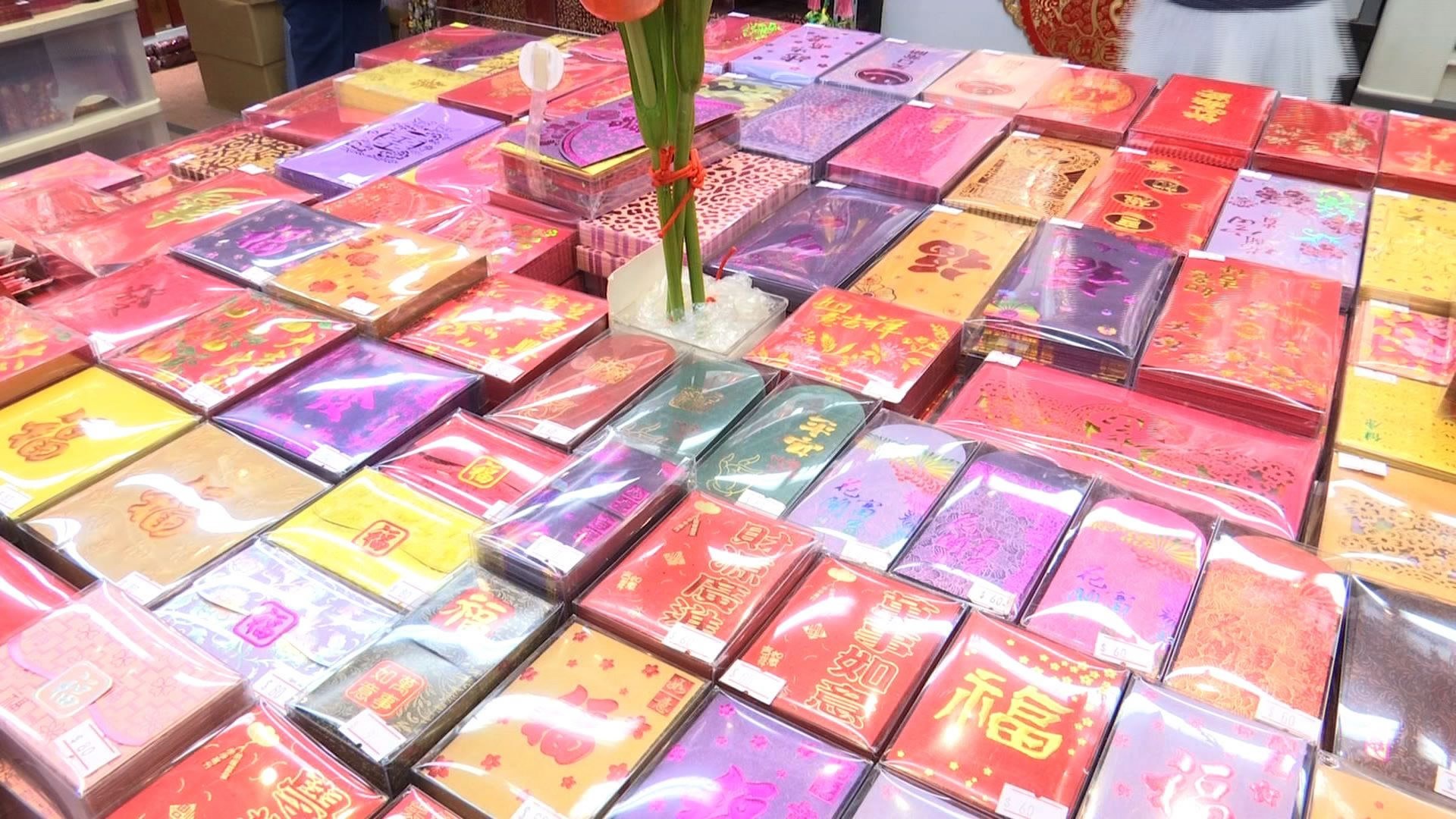
Hong Kong people use the red packet as a monetary gift for many different occasions. /Photo by Mao Dan
Hong Kong people use the red packet as a monetary gift for many different occasions. /Photo by Mao Dan
During the Lunar New Year, you can ask for red packets by saying: kung hei fat choi, lai see dou loi, meaning, wish you prosperity, give me lucky money!
1974km

SITEMAP
Copyright © 2018 CGTN. Beijing ICP prepared NO.16065310-3
Copyright © 2018 CGTN. Beijing ICP prepared NO.16065310-3